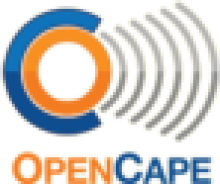Comcast Cuts Deal in Cape Cod as OpenCape Deployment Continues
CapeCodToday, recently ran two interviews relating to OpenCape, the publicly owned network nearing completion in Massachusetts. The interviews follow a belated March press release from Comcast, announcing its new service contract with Cape Cod Community College (CCCC). Like some others familiar with the project, we were surprised to see the college choosing Comcast for connectivity instead of OpenCape.
As we previously noted, CCCC and Woods Hole Oceanographic Institute were two OpenCape founding members in 2006. The nonprofit OpenCape received $32 million in a Broadband Technology Opportunity Program (stimulus) award and gathered an additional $8 million in funds from the state, the county, and CapeNet, the company building and operating the network.
Regarding the delay in publicity, the College was not willing to comment on the connection, including statements to Comcast itself, until we had actively used it for a couple of months.
When the contract was negotiated, CCCC needed fiber service and OpenCape was not ready to serve them. Cox stated that the college needs to stay competitive and referred to a Bridgewater University satellite campus that will soon open in the community. Community colleges rely heavily on reliable connectivity as students look for distance learning opportunities.



